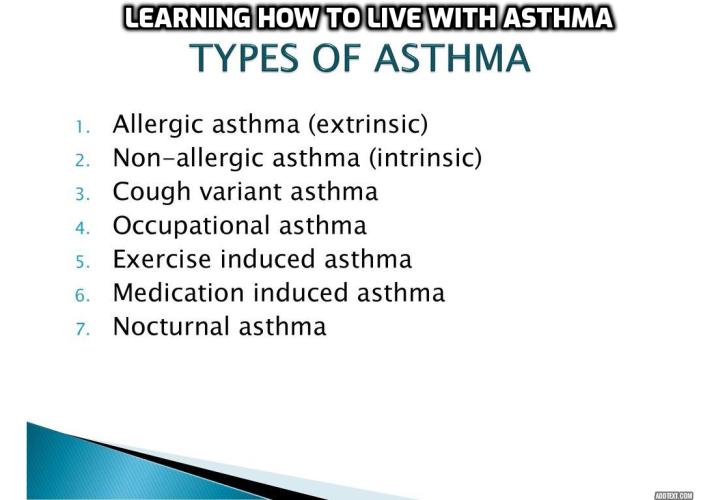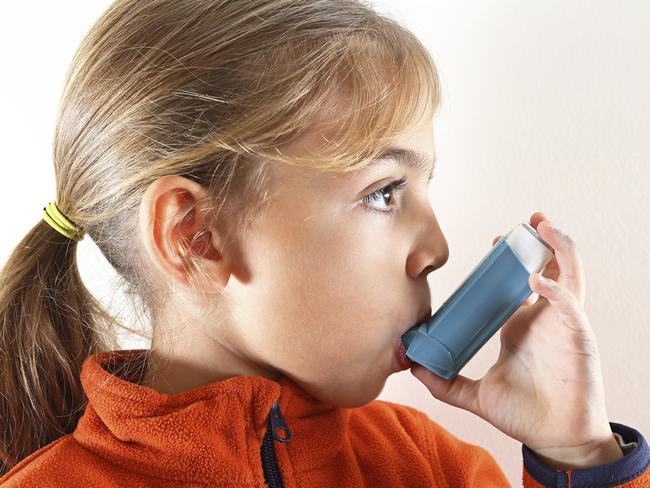Asthma is more common in boys than girls and it is the leading chronic disease of children in the united states

Asthma is more common in boys than girls and it is the leading chronic disease of children in the United States.
Asthma is a chronic respiratory condition characterized by inflammation, narrowing, and swelling of the airways, resulting in breathing difficulties, coughing, wheezing, and chest tightness. It affects millions of individuals worldwide, and it is the leading chronic disease of children in the United States.
Prevalence of Asthma in Boys and Girls
Research has consistently shown that asthma is more prevalent in boys than girls during childhood. According to the American Academy of Allergy, Asthma & Immunology (AAAAI), boys are 21% more likely to develop asthma than girls. Although this difference is not fully understood, hormones, genetics, and environmental factors may contribute to this gender discrepancy.
Asthma as the Leading Chronic Disease in Children

Data from the Centers for Disease Control and Prevention (CDC) reveals that asthma affects approximately 6.1 million children in the United States. This prevalence makes asthma the most common chronic disease among children, affecting approximately 8.4% of children.
Asthma can significantly impact a child’s quality of life, limiting their ability to participate in physical activities and affecting their sleep. It may also lead to emergency room visits, hospitalizations, and missed school days. Therefore, it is essential to manage asthma effectively to minimize its impact on children’s daily lives.
Identifying Asthma Triggers
Understanding and managing asthma triggers is crucial in controlling symptoms and reducing asthma attacks. Common triggers include allergens such as dust mites, pollen, pet dander, mold, respiratory infections, tobacco smoke, air pollution, exercise, and certain medications.
By identifying and avoiding these triggers, parents, caregivers, and healthcare providers can help children with asthma lead healthier lives. Regular follow-ups with healthcare professionals, appropriate medication management, and an asthma action plan are also essential components of asthma management.
Seeking Proper Diagnosis and Treatment
If asthma symptoms are suspected in a child, it is important to seek a proper medical diagnosis. A healthcare professional will conduct a thorough evaluation, including physical examinations, breathing tests, and medical history assessment. Once diagnosed, an individualized treatment plan can be developed to effectively manage the child’s asthma.
Various treatment options are available for asthma, including quick-relief medications to alleviate acute symptoms, and long-term controller medications to manage the underlying inflammation and reduce the frequency and severity of asthma attacks. Inhalers, nebulizers, and oral medications are commonly used to administer these medications.
Conclusion
In conclusion, asthma is more common in boys than girls, making it the leading chronic disease of children in the United States. This chronic respiratory condition can significantly impact a child’s quality of life and requires careful identification of triggers, proper diagnosis, and effective management. By being aware of asthma’s prevalence and its impact, we can ensure better care and support for children affected by this condition.
Source: Asthma Facts - Asthma and Allergy Foundation of America (AAFA)
Share
Related Posts
Quick Links
Legal Stuff


